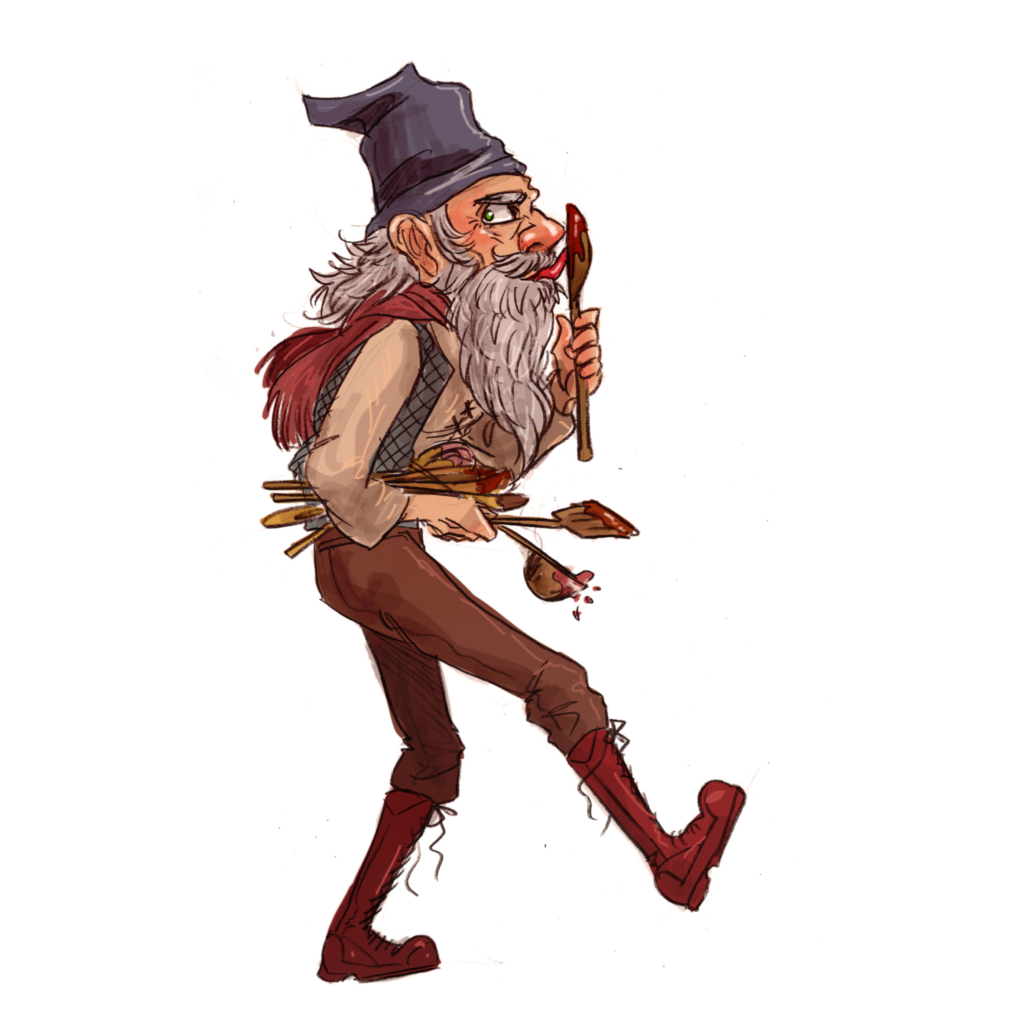
By now, undoubtedly, you’ve seen my post last Tuesday with an overview of the Icelandic tradition of the Yule Lads. If you haven’t, go back and read that first so this will make more sense. According to folklore, today — December 24 — is the day when the thirteenth and final Yule Lad arrives.
The thirteenth Yule Lad’s name is Kertasníkir, which translates as Candle-Stealer. His particular brand of mischief is following children to steal their candles, which were once made of tallow and thus edible.

Here’s how he’s described in the 1932 Icelandic poem, “Yule Lads,” by Jóhannes úr Kötlum:
The thirteenth was Candle Beggar
– ‘twas cold, I believe,
if he was not the last
of the lot on Christmas Eve.
He trailed after the little ones
who, like happy sprites.
Candle-Stealer arrives each year on December 24, and leaves again on January 6.

And here’s a more thorough explanation, from Iceland24:
Thirteenth was Candle Beggar,
– The weather would be cold,
If he was not the last one
On the day of Yule Eve.He followed the little children,
Who smiled, happy and gay,
And tripped around the house
With their candles.

Last but not least! Kertasníkir (Candle Beggar) arrives just in time for Christmas celebrations, on December 24. Be careful: this Lad is perhaps one of the wickedest of the gang.
What Kertasníkir does is stealing candles. He does it not only because he finds their glow attractive, but also because in the past candles were obtained from animal fat thus they were very appetizing. Maybe Kertasníkir doesn’t eat candles anymore, but he still likes to steal them when he comes to town.
This may appear like a frivolous kind of prank to our contemporary civilized ways, but in the old days candles were in many cases the only source of lighting available. In Iceland, especially in the darkest days of the cold season, darkness was a danger and an enemy that one couldn’t underestimate. A candle could indeed make a difference in more than a few cases. Also, let’s not forget darkness is one of the classic fears of humans by instinct. Being deprived of light has always been for human beings quite a serious matter.

The 13 Yule Lads, Mom, Dad and Cat:























































